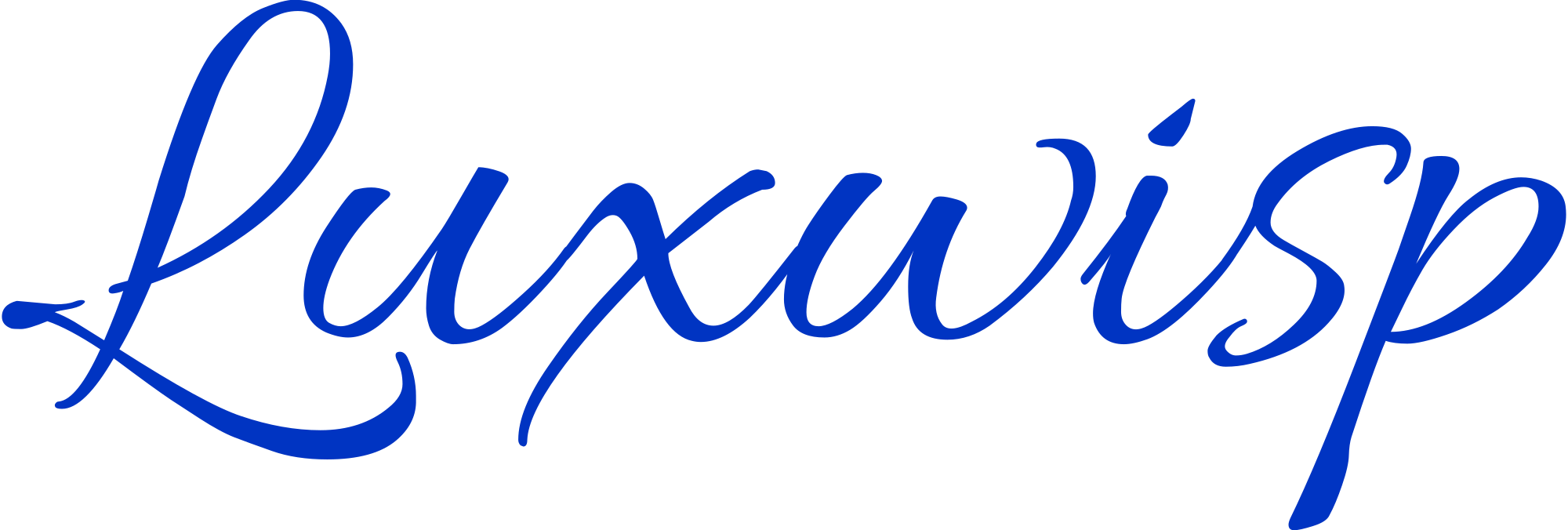In the realm of banking and financial management, the concept of a descriptive deposit plays a pivotal role in enhancing the precision and clarity of transaction records. This specialized form of deposit allows account holders to append detailed information to transactions, thereby facilitating a more organized and efficient tracking system.
Whether it's for managing business finances, personal savings, or adhering to compliance requirements, understanding the intricacies and applications of descriptive deposits can significantly impact how effectively one navigates the financial landscape. As we explore the key benefits, features, and operational mechanisms, a deeper appreciation for the strategic advantages these deposits offer will emerge, prompting a thoughtful consideration of their potential to streamline financial management practices.
Key Takeaways
- Descriptive deposits offer detailed transaction histories, enhancing transparency and accountability.
- They extend to various financial instruments, including savings, checking, and money market accounts.
- Tailored for both individuals and businesses, they facilitate precise financial management and documentation.
- By documenting fund sources and uses, they improve compliance, record-keeping, and investment decision-making.
Defining Descriptive Deposits
Descriptive deposits, a key innovation in the financial sector, are specialized banking services designed to provide customers with detailed information regarding the origins and destinations of their funds. This revolutionary approach caters primarily to individuals and entities that demand a comprehensive breakdown of their banking activities, thereby promoting transparency and accountability within financial transactions. The essence of these deposits lies in their ability to offer a meticulous account of transaction histories, which is particularly beneficial for users who require precise documentation for personal or business purposes.
In response to diverse customer needs, descriptive deposits extend beyond the conventional framework of savings and checking accounts, encompassing a variety of financial instruments such as certificates of deposit (CDs) and money market accounts. This versatility ensures that both individual and corporate clients can find a tailored banking solution that aligns with their specific requirements. Furthermore, these deposits often incorporate personalized services based on the detailed customer information they collect, significantly enhancing customer satisfaction and fostering loyalty.
However, it is noteworthy that the enhanced documentation and personalized services provided by descriptive deposits may be accompanied by higher fees or minimum balance requirements, underscoring their specialized nature within the banking sector.
Key Benefits and Features

Exploring the key benefits and features of descriptive deposits reveals their significant role in enhancing banking transparency and customer satisfaction. These innovative financial products allow account holders to provide detailed information about the source of their funds. This capability not only improves transparency in banking activities but also fosters a more secure and trustful relationship between banks and their customers.
Descriptive deposits are designed to offer personalized services and tailored solutions, which are based on the specific information provided by the customer. This level of customization leads to increased customer satisfaction and loyalty, as account holders feel their unique needs and preferences are being acknowledged and addressed. Moreover, banks can utilize the detailed information from descriptive deposits to recommend investment options and financial products that align with the customer's goals and preferences, ensuring that their finances are managed effectively to meet their unique needs.
Furthermore, descriptive deposits document specific transactions and activities, offering detailed transaction information for better decision-making and financial management. This feature is invaluable for both individuals and businesses, providing real-time updates on account activity to protect against fraudulent transactions and ensure transparent banking operations.
How It Works

Understanding the operational framework of descriptive deposits begins with defining what they are and how they are set up for use.
The implementation process involves a sequence of steps tailored to integrate detailed recording of transaction origins and purposes into the financial system of an individual or business.
This section aims to provide clarity on these mechanisms, ensuring a comprehensive grasp of their function and utility.
Defining Descriptive Deposits
How do descriptive deposits operate to enhance transparency and efficiency in financial transactions?
Descriptive deposits are a type of banking service designed to provide a detailed account of financial transactions, thereby boosting transparency and aiding in more informed decision-making. These deposits stand apart due to their detailed documentation of the source and use of funds.
- Allow detailed information about the source of funds, enhancing transparency.
- Include savings and checking accounts, CDs, and money market accounts.
- CDs require an initial investment and a fixed term.
- Money market accounts offer features of both savings and checking accounts.
- Tailored for documentation purposes, offering flexibility but may come with higher fees or minimum balance requirements.
Implementation Process
The implementation process of descriptive deposits begins with the account holder providing detailed information regarding the origin and intended use of the funds being deposited. This approach is crucial for facilitating better tracking of financial transactions and aiding banks in comprehending the nature of the deposits.
Descriptive deposits are utilized across various activities, including business transactions, personal savings, and online banking operations, offering a framework for documenting and categorizing incoming funds. This ensures a clear identification and record-keeping process.
To enhance compliance with regulatory requirements and promote transparency in financial dealings, banks may seek additional data related to these deposits. This methodical approach helps in fortifying the integrity and transparency of financial transactions within the banking sector.
Differentiating Descriptive Accounts

Why should one consider the distinctions between various descriptive accounts when looking to enhance their financial management strategies? The answer lies in the ability to tailor financial solutions to specific needs. By understanding the unique features and benefits of different descriptive accounts, individuals and businesses can make informed decisions that align with their financial goals and requirements. This understanding facilitates better financial planning and management, ultimately leading to more efficient and effective use of resources.
- Transparency in Banking Activities: Descriptive deposits provide clear information about the source of funds, making it easier to track and manage financial flows.
- Detailed Transaction Information: These accounts offer in-depth details on specific transactions, aiding in precise financial decision-making.
- Flexibility and Personalization: Unlike traditional accounts, descriptive deposits come with tailored features and the potential for higher returns, thanks to personalized services.
- Suitability for Various Users: Both individuals and businesses can benefit from the detailed activity and transaction history available in these accounts.
- Financial Management Enhancement: Selecting the appropriate account, considering factors like interest rates and fees, is crucial for optimizing financial management practices.
Understanding these differences enables better strategic financial planning and contributes to more efficient financial management.
Usage Examples

As we explore the practical applications of descriptive deposits, it becomes evident how they revolutionize financial transactions across various sectors. In retail, for instance, they enhance the clarity and efficiency of online transactions, offering both businesses and consumers a higher level of security and convenience.
This segment will examine how descriptive deposits facilitate these advancements, providing concrete examples of their utility in modern banking.
Application in Retail
In the retail sector, descriptive deposits play a crucial role in enhancing financial management by delineating the origins of sales-related revenue. These specialized deposits allow businesses to accurately track and manage their income streams, providing a wealth of benefits that include:
- Precise identification of revenue sources, such as cash sales, credit card transactions, and online payments.
- Improved accuracy in accounting and financial reconciliation processes.
- Enhanced ability to categorize and analyze income, facilitating a deeper understanding of sales patterns.
- Insights into customer payment preferences, helping retailers tailor their services.
- Streamlined financial record-keeping, contributing to more efficient operations and strategic business planning.
Enhancing Online Transactions
Leveraging descriptive deposits, businesses significantly enhance the efficiency and transparency of online transactions. By providing detailed information about the source and purpose of funds, these deposits enable a clearer understanding of financial flows.
They play a crucial role in tracking and documenting electronic transfers, including ACH payments, wire transfers, and online purchases. With the ability to specify transaction details such as payment recipients and dates, descriptive deposits promote a high level of transparency.
This feature is invaluable for accurate record-keeping, aiding in auditing processes and financial analysis. Ultimately, understanding and using descriptive deposits can vastly improve financial management by categorizing and organizing online transactions more effectively, thereby streamlining business operations and financial oversight.
Choosing the Right Account

Selecting the appropriate descriptive deposit account necessitates careful consideration of various factors, including interest rates, fees, and the account's specific features, to best align with your financial goals and preferences. When choosing between savings, checking, or specialized descriptive deposit accounts, it's essential to evaluate how each option complements your financial strategies and day-to-day transaction needs.
To make an informed decision, consider the following key aspects:
- Interest Rates: Compare the interest rates offered by different accounts to maximize your earnings on deposits.
- Fees: Be aware of any monthly maintenance, transaction, or service fees that could reduce your balance.
- Account Features: Look for features that suit your financial activity, such as online banking, mobile deposits, or ATM access.
- Access and Transactions: Determine the level of access you require and your expected transaction volume to avoid potential fees.
- Financial Management Objectives: Ensure the account supports your overall financial management goals, offering transparency and tools for tracking your activities effectively.
Additional Resources

After exploring the essential criteria for choosing the right descriptive deposit account, it is beneficial to examine additional resources available to further assist in making informed financial decisions. Descriptive deposits, encompassing products like certificates of deposit (CDs) and money market accounts, offer a level of detail and transparency in banking transactions that is invaluable for both individual and business account holders. These accounts provide not only a safeguard against fraudulent activities through meticulous documentation of transaction sources but also customized features that cater to specific customer needs.
For those looking to delve deeper into the world of descriptive deposits, a variety of resources can prove invaluable. Financial advisors and banking consultants specialize in understanding the nuances of different financial products, including descriptive deposits. Their expertise can guide customers in selecting the most suitable account type based on their financial goals and transaction requirements. Additionally, online forums and financial education platforms offer a wealth of information on the latest trends and best practices in managing descriptive deposit accounts. Engaging with these resources can empower account holders with the knowledge to make well-informed decisions, ensuring their financial stability and success.
Conclusion
In conclusion, descriptive deposits represent a critical component in the realm of banking, facilitating enhanced accuracy and clarity in financial transactions. By enabling account holders to provide detailed information about their deposits, these transactions not only streamline account management but also ensure compliance with regulatory standards.
The differentiation of descriptive accounts and the strategic selection of the appropriate account type further empower individuals and businesses to optimize their banking operations. Ultimately, the utilization of descriptive deposits significantly contributes to the efficiency and transparency of financial systems.










